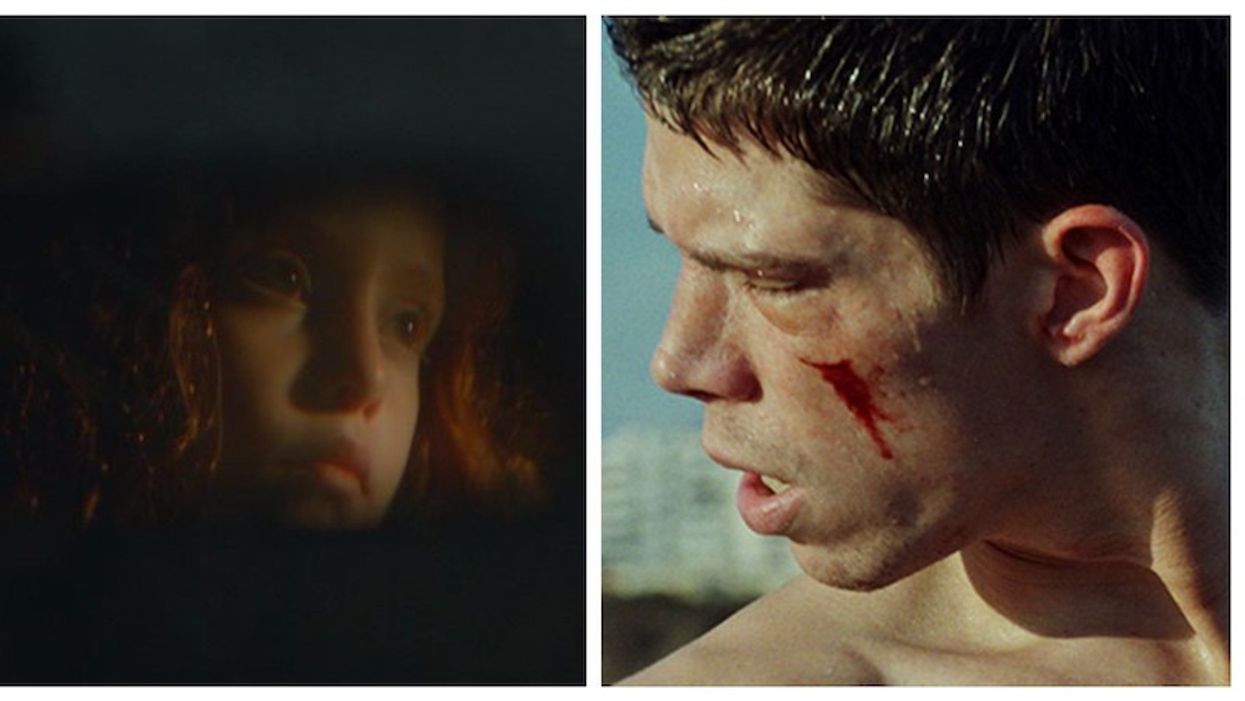Tips, Tricks, and Tech from the 2020 We Are One Global Film Festival Filmmakers
The inaugural We Are One Global Film Festival wrapped on Sunday, and the online event featured standout international shorts programmed by Cannes Film Festival.

What cameras, lenses, and post-production tools did the makers of these shorts elect to use? And how important were they to their respective projects?
We asked the filmmakers behind Butterflies, Monster God, and The Van to share their go-to gear, what challenges they faced, and what lessons they learned while making their films.
Erenik Beqiri — Director/Writer, “The Van
- Camera: ARRI Alexa Mini
- Lenses: Leica Summicron-C
NFS: What post-production tools did you use?
Beqiri: Avid Media Composer. This was my first time working with an editor. Usually I edit myself, but I was happy to have a creative collaborator on the project. It’s not about the software you use—it's more about the process and how you tell your story.
NFS: What was your biggest behind-the-scenes challenge?
Beqiri: We shot “The Van” during the second week of January… and the actors' upper bodies had to be naked. The crew was dressed in layers but the actors had to endure the cold. Phénix Brossard had to learn to speak and deliver his lines in Albanian and he successfully met that challenge. I'm grateful for his courage — coming into a foreign country and sounding authentic in a language he didn’t know.
NFS: What were some special technologies or techniques you used for your project?
Beqiri: We made some rules about the visual language of the film and kept the style of the whole shoot handheld, like shooting a documentary.
NFS: Have any advice for aspiring filmmakers?
Beqiri: I'm probably too young to give any proper advice, but I think that the best thing for any filmmaker is to find the stories that affect you—even if they're fiction—from within yourself. I believe any story needs to come from a personal place. That way, whenever you have doubts, you can go back to that personal place to understand why you wanted to tell the story to begin with.
Yona Rozenkier — Director, Butterflies
- Camera: Sony F55
- Lenses: ARRI Ultra Primes
NFS: What post-production tools did you use?
Rozenkier: After Effects. Since we didn’t shoot during butterfly season and since it would have been impossible to have a migration appear on cue, we had to use CGI. The great Dan Sahar was in charge of making the butterflies as real as possible.
NFS: What was your biggest behind-the-scenes challenge?
Rozenkier: The film depicts a real moment that I shared with my father, and the challenge was to try and make that moment interesting for people other than myself. I honestly thought it was too personal and wouldn’t translate to other people. We sent the film to Cannes without expecting much and were so incredibly happy to be be accepted… but when we were there, I felt a bit like a cheater since it was the shortest film in the entire festival. Dreams come true in all sizes, I guess.
NFS: Have any advice for aspiring filmmakers?
Rozenkier: Find locations that are as close to the “real thing” you’re depicting as possible. And prepare yourself as much as possible: Something crappy will most likely happen and you’ll need to be able to improvise.
Agustina San Martín — Director, Monster God
- Camera: ARRI Alexa Classic
- Lenses: ARRI Ultra Primes
NFS: What post-production tools did you use?
San Martín: We used Premiere Pro and for color grading and Assimilate Scratch and DaVinci for film grain effects.
NFS: What was your biggest behind-the-scenes challenge?
San Martín: We shot during the winter for 3 nights in the rain, in a dangerous part of the city, in the middle of the street, with a lot of small children on the production… so, you can imagine.
And we had almost no money! Almost all of the production was tailor-made with the idea that we’d have no money. We had no grip, so when it came time to shoot the scenes with the characters in the car, we left the car parked and pushed it with our hands to create “movement.” And since we had no more lights, we used lights from our phones and moved them to create the impression that there are other cars on the road.
Somehow, we managed. Giving your team candy always helps recharge the mood.
NFS: Have any advice for aspiring filmmakers?
San Martín: Try to find material that you really connect with, like images from a dream or something that haunts you. That way, you’ll never lose touch with your roots or creative boldness, and you’ll always have a reason to push yourself further.
Making a good film has nothing to do with good equipment. You can make an amazing, powerful piece with a shitty camera or a shitty lens. The challenges you’ll face are sometimes the ones that force you to be more creative. Sometimes beautiful frames are made by breaking rules. Beauty is not about percentages, beauty is not made by a vectorscope—beauty is felt. Do not trust that technical “correctness” will be your path toward beauty.











